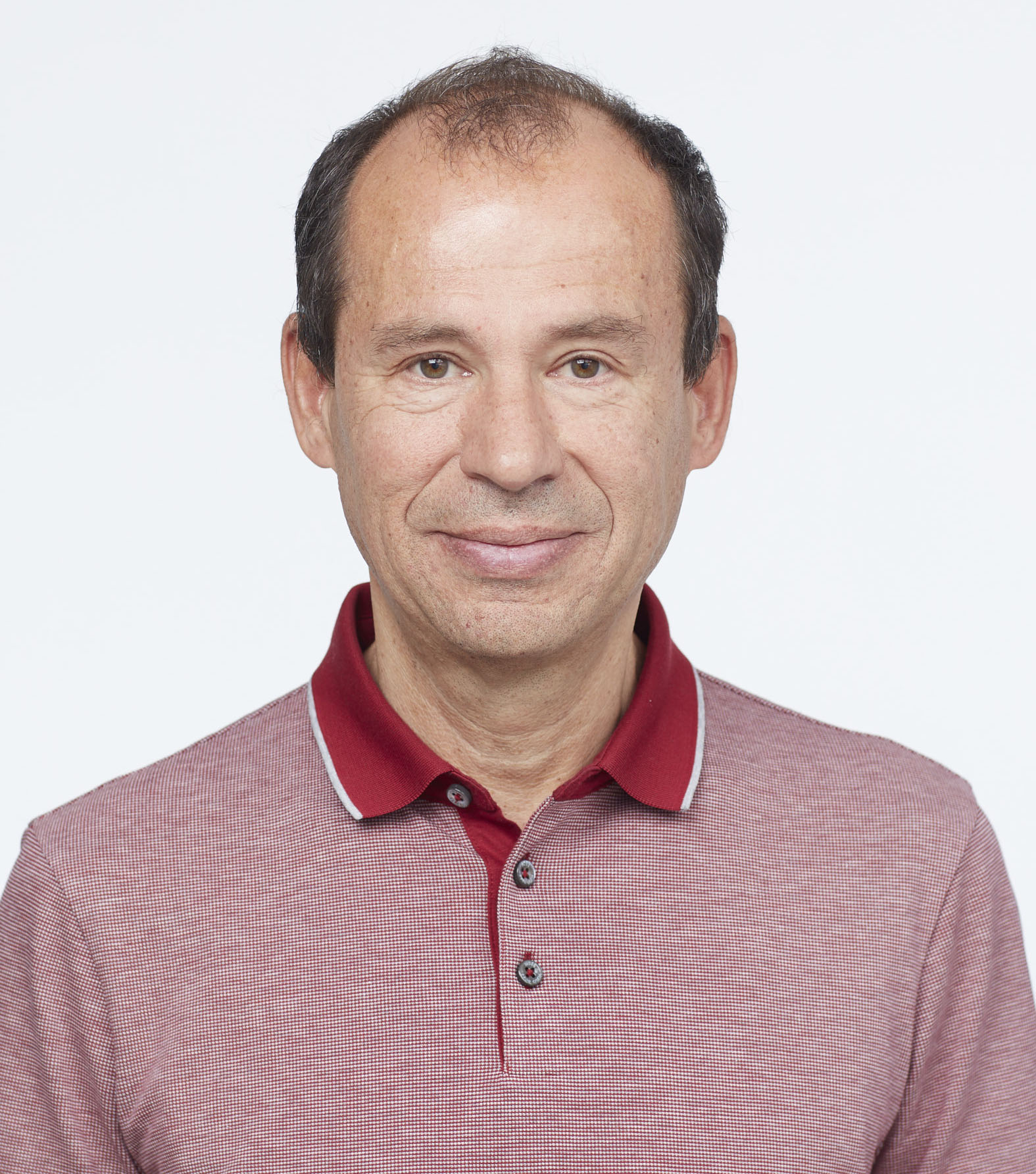
By: Trish Adkins
Dr. Heinrich Kovar was a young student studying a rare cancer when the unthinkable happened. His brother was diagnosed with that same rare cancer:
As Dr. Kovar’s brother was treated, doctors tried to give his brother hope by telling him that researchers were working to find cures for his cancer.
But for his brother, that work would not be fast enough. When he passed away, Dr. Kovar was left with a mission: find cures for pediatric sarcomas.
“If I would have a brother who would now get sick from this disease, I would still, even 30 years later, have to tell him, look I’ve tried hard, but I have not yet managed to find a cure,” said Dr. Kovar.
Today, Dr. Kovar is a researcher at St. Anna Children’s Cancer Research Institute in Vienna, Austria and leading an interdisciplinary team funded by Alex’s Lemonade Stand Foundation’s Crazy 8 Initiative that is looking for cures for the cancer that took his brother’s life.
Unlocking the Mystery of Ewing Sarcoma
Five-year survival rates for Ewing sarcoma can range from 65-75%, depending upon variables like location and stage of the disease. Treatments have changed over the years and those changes have intensified the doses of chemotherapy used in combination with other therapies. And while many kids are cured, high-dose chemotherapy can leave children with devastating long-term side effects. For the children who relapse, there is very little hope and reduced survival rates.
What scientists know about Ewing sarcoma, they have known for a long time. It is a type of bone cancer driven by the EWS/FLI fusion protein, a type of transcription factor.
Scientists also know EWS/FLI cannot cause cancer on its own; it needs a cell in the body to bond to and then corrupt into becoming cancer. Ewing sarcoma tumors most likely arise from some kind of mesenchymal stem cells—the cell type responsible for forming the connective tissue (bones, ligaments, tendons) of the body.
What they don’t know is which type of mesenchymal stem cell is susceptible to EWS/FLI, and at what point in that mystery cell’s development is EWS/FLI able to corrupt and transform a normal cell into a cancerous one.

“If you use this mutated gene and introduce it to all kinds of different cell types, most of the cell types are not going to tolerate it well. There must be a specific cell type background or maybe even a specific developmental stage of that cell type that is tolerant to the oncogene and susceptible to malignant transformation,” said Dr. Kovar.
For years, scientists have been trying to find this cell of origin and understand more about why frontline treatment works on some children, while other children experience metastatic disease — which means the cancer has spread from the original site — or relapse. Understanding which cell tolerates EWS/FLI1, as well as the developmental stages of that cell, is critical to finding drugs that could interrupt the corruption EWS/FLI1 creates and move those survival rates up toward 100%.
“This is a high-risk project,” said Dr. Kovar. “You cannot just neglect these problems and say okay, we’ve tried for a long time and we can’t do anything about it. That’s not helping the kids. You have to take the risk.”
The Crazy 8 Research Plan
Using his Crazy 8 Initiative grant, Dr. Kovar and his team are going after this cell of origin — discovering it, determining when in the cell development EWS/FLI bonds and then using that research to find therapeutic drugs for Ewing sarcoma.
Using single cell genomics, Dr. Kovar’s team will look at individual cells and create their gene expression profiles, so that they can follow the cells' dynamic changes from one stage to the next, eventually creating an atlas of gene expression for the different types and stages of mesenchymal cell development.
Then, taking this cellular information from both normal and EWS/FLI corrupted cells and comparing it to human Ewing sarcoma cells, they seek to hopefully find the specific cell and the specific moment that it is corrupted and transformed from normal cell to cancer cell.
His team will also take a second approach in zebrafish, looking for cell types and developmental stages that repeat the specific epigenetic traits of Ewing sarcoma. These epigenetic traits will be color-coded and when placed in zebrafish, the team can see if the Ewing sarcoma-specific genetic background is active in specific cell types, and at what point in cell development this activity happens.
The findings of this research will be used to efficiently match and test therapeutics that can hit and storm the tumor cells, with maximum impact and minimum side effects.
With both these approaches, Dr. Kovar is hoping to be able to translate the research to other types of bone cancers, like osteosarcoma.
“I have to do something about it. Hopefully, before I retire, there will be successes that will help patients,” said Dr. Kovar.
Donate to The Crazy 8 Initiative
Building on its history as a leading funder in pediatric cancer research, Alex's Lemonade Stand Foundation (ALSF) established the Crazy 8 Initiative to harness collaborative spirit across global institutions to go after the most pressing pediatric cancer research roadblocks. ALSF focused the program to address the eight most challenging aspects of pediatric oncology: embryonal brain cancers; high-grade gliomas; fusion-positive sarcomas; fusion-negative sarcomas; leukemias; neuroblastoma; big data; and catalyzing clinical trials.
While work on the first awarded Crazy 8 Initiative grants is underway, a second Crazy 8 Initiative request for applications will be issued later this year, bringing the total commitment to $25 million. To learn more visit the Crazy 8 page.

